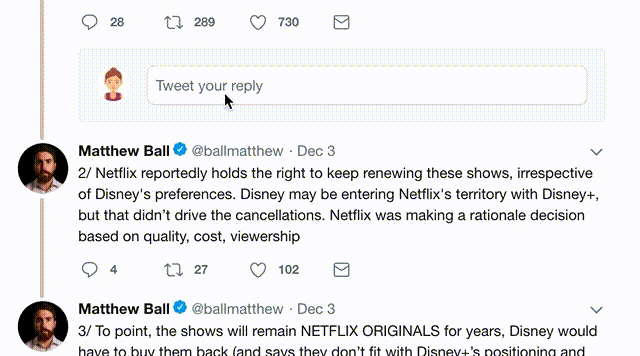Start simple. Learn how to use Envoy as a HTTP proxy or load balancer like you would nginx.
Instead of configuring Envoy by hand and copying config files around, you can configure Envoy to sync configuration from remote server.
You can run Envoy in front of an application and fine tune the configuration for just that service. This is the fundamental idea behind a service mesh.
So why all this talk of tools like Istio when you can just use Envoy?
This is where custom xds control planes come in. They know how to integrate with different service discovery tools and generate Envoy configs incorporating the service endpoints.



